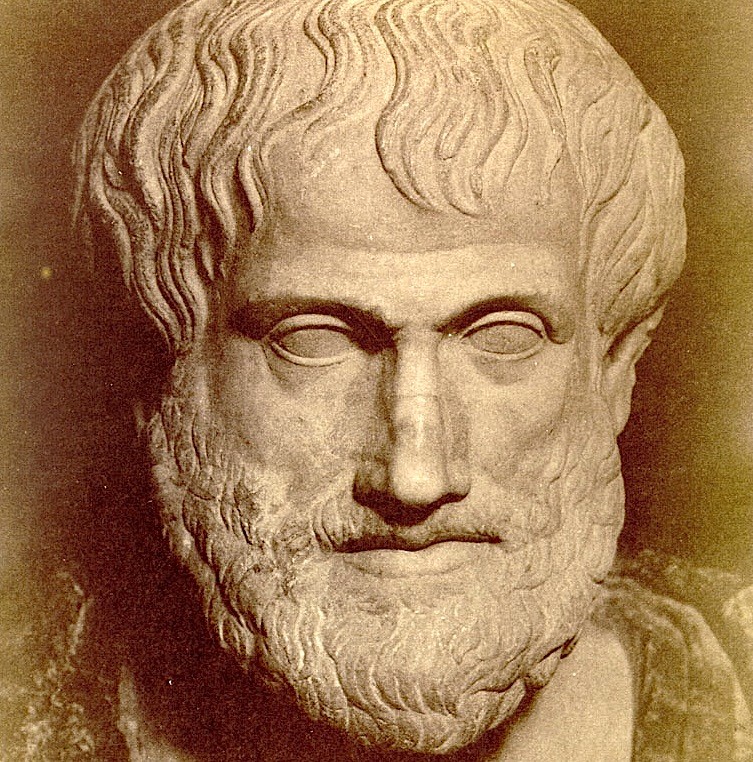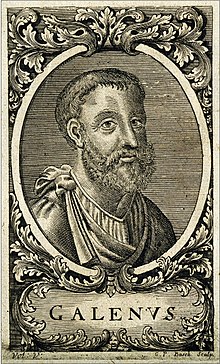Topic 3 History of neuroscience
Announcement
Penn State School of Theatre Free tickets

Figure 3.2: https://theatre.psu.edu/centrestage
Warm-up
Why study history?
- What can observation tell us about brain and behavior?
- Vital role of tools/methods/techniques in discovery
- “If I have seen further, it is by standing on the shoulders of giants.” – Isaac Newton, 1676
Pre/Early history
Beer-making (~5,000 BCE)

Figure 3.6: Alulu beer receipt – This records a purchase of ‘best’ beer from a brewer, c. 2050 BC from the Sumerian city of Umma in ancient Iraq
- What does beer-making have to do with the neurological bases of human behavior?
Greek and Roman era
- Hippocrates
- Epilepsy a disease of the brain (Chudler, n.d.a)
- Brain set of intelligence (Chudler, n.d.a)
- Aristotle (~335 BCE)
- mind and body not distinct.
- brain “cools” the body, heart is the mental organ.
Galen (~177 CE)
- Physician in Roman Empire, of Greek descent
- Anatomical reports based on dissection of monkeys, pigs
- Influenced by Hippocrates notion of human temperaments (~personalities) linked to “humors”: blood, black bile, yellow bile, phlegm
- Observed that gladiators’ head injuries impaired thinking, movement
- Speculated that fluid filling the brain cavities called ventricles, circulates through nerves, body == “ventricular” theory of nervous system function.
The “dark” ages (in Europe, not elsewhere)
- Ibn al-Haytham’s Optics, ~1000 CE
- Mansur’s Anatomy ~1400 CE
Renaissance and the Enlightenment: New technologies, new ideas
Leonardo da Vinci (~1508)
- Wax casts of ventricles
- fluid filled inner regions of brain
- Ventricles not spherical!
Andreas Vesalius (1543)
- De Humani Corporis Fabrica Libri Septem (On the fabric of the human body in seven books) (Vesalius 1543)
- 1st detailed drawings of brain and body anatomy
René Descartes – mid 1600’s
- Reflexes “reflect” sensory events in the world
- Not the same as voluntary functions
- Reflexes and animal “minds” are physical, machine-like
- Human mind is not machine-like
- “Dual” influences on behavior
- Physical + spiritual
- Descartes a philosophical dualist
- Soul controls body via pineal gland
- Fluid from ventricles cause muscles to “inflate” (another ventricular theory)
Descartes is an important figure for this class.
Pineal gland

Figure 3.13: Figure of the pineal gland by Descartes: http://images.fineartamerica.com/images-medium-large-5/descartes-pineal-gland-granger.jpg
Do you agree with Descartes?
- Yes, human minds are fundamentally different from animal minds. The human mind is influenced by both physical and extraphysical processes.
- No, human minds are similar to animal minds. The human mind arises solely from physical processes.
How would you scientifically test Descartes idea about the role of the pineal gland?
Other milestones
- Invention of light microscope (1609 CE), electron microscope (1926)
- Cell stains – Camillo Golgi, Santiago Ramon y Cajal – late 1800s
- Recording of electrical activity of nerves, Luigi Galvani
- Magnetic resonance imaging (MRI)
Some lessons from early history
- Neuroscience shaped by new methods, tools
- If you can’t see it/measure it, you can’t say much about it
- Neuroscience shaped by great debates
- Is the mind == brain?
- Are functions local or distributed?
- Do neurons connect like pipes or pass info like relay runners?
- Forms & phenomena at multiple levels of analysis contribute to function
References
Chudler, Eric H. n.d.a. “History of Neuroscience.” http://faculty.washington.edu/chudler/hist.html. http://faculty.washington.edu/chudler/hist.html.
———. n.d.b. “Neuroscience for Kids - Ancient ‘Brain’.” http://faculty.washington.edu/chudler/papy.html. http://faculty.washington.edu/chudler/papy.html.
Eames Office. 2010. “Powers of Ten™ (1977).” Youtube. https://www.youtube.com/watch?v=0fKBhvDjuy0.
NeuroBriefs. 2011. “The Ascent: A Brief History of the Brain.” Youtube. https://www.youtube.com/watch?v=S0HKupSZq8k.
Penttila, Nicky. 2019. “The Hidden Neuroscience of Leonardo Da Vinci.” Dana Foundation, September. https://dana.org/article/the-hidden-neuroscience-of-leonardo-da-vinci/.
The MIT Press Reader. n.d. “A Hole in the Head: A History of Trepanation.” https://thereader.mitpress.mit.edu/hole-in-the-head-trepanation/. https://thereader.mitpress.mit.edu/hole-in-the-head-trepanation/.
Vesalius, Andreas. 1543. “De Humani Corporis Fabrica.”
![[[@The_MIT_Press_Reader_undated-bl]](https://thereader.mitpress.mit.edu/hole-in-the-head-trepanation/)](https://thereader.mitpress.mit.edu/wp-content/uploads/2019/08/1.1.jpg)
![[[@chudler_undated-ac]](http://faculty.washington.edu/chudler/papy.html)](http://faculty.washington.edu/chudler/gif/papybr.gif)



![[[@Penttila2019-wt]](https://dana.org/article/the-hidden-neuroscience-of-leonardo-da-vinci/)](https://dana.org/wp-content/uploads/2019/09/Leonardo-2m-cerebral-ventricles-news-2019.jpg)
![[[@vesalius-1543]](https://en.wikipedia.org/wiki/De_Humani_Corporis_Fabrica_Libri_Septem#Book_3:_The_Veins_and_Arteries,_Book_4:_The_Nerves)](https://upload.wikimedia.org/wikipedia/commons/a/a7/Vesalius_609c.png)